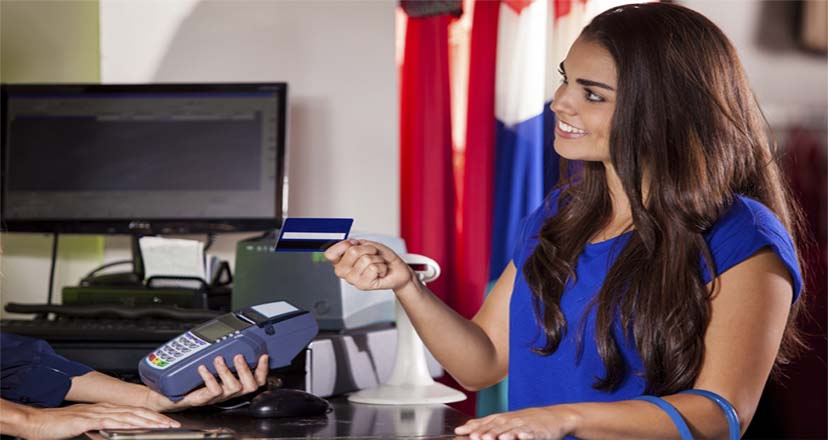You know that it's a good idea to place impulse items at the checkout counter, but did you know that too much product can actually discourage add-ons? According to Entrepreneur Magazine, customers faced with a messy checkout counter ignore add-ons much like they ignore white noise.
Understand Why Customers Buy Impulse Items
The psychology behind impulse purchases is two-fold. Customers are either trying to experience pleasure or avoid pain. For example, the mints at the checkout counter help customers avoid embarrassing bad breath. Those sparkly bracelets displayed at the cash wrap encourage customers to imagine future pleasure, such as a special evening out. Maximize these two psychological drivers when you choose which items to place at the cash wrap.
Create a Relaxing Checkout Experience
A Columbia School of Business study concluded that relaxed customers spend 12 percent more than average customers. Surely, we can assume that the percentage rises when relaxed customers are compared with stressed customers.
According to Psychology Today, clutter causes stress because it overloads our ability to process sensory stimuli. Therefore, a cluttered checkout counter causes stress and actually reduces profit.
A counter littered with merchandise can literally throw a female customer off balance. Instead of being receptive to impulsive purchases, the customer must now struggle to retrieve her wallet since the counter leaves no room for her to steady her purse.
All of these negatives create stress, and a stressed customer is averse to add-ons. In fact, a stressed customer may even decide against items that he or she brought to the counter in the first place. If you eliminate stress at checkout, you will increase the odds of securing impulse purchases.
Encourage Impulse Purchases in Four Different Ways
- Create an inviting display behind the associate. This strategy increases space on the counter while still urging customers to consider one more item.
- Speak to price point instead of referring to a percentage off. This strategy connects customers to the item as if they had already decided to purchase it. Direct associates to engage customers like this: "Do you need to freshen up your tee shirts? Solids are only $6.00 today." Such comments inspire customers to consider the deal.
- Creating a limited time add-on is a proven strategy for encouraging impulse purchases. When the customer knows that the deal is for today only, he or she is far more likely to decide in favor of the item. Limited-time offers benefit from eye-catching signage.
- Probably the best way to increase impulse purchases is to effectively use associate knowledge. A customer cannot buy a product that she doesn't know exists. If an associate listens to a customer's likes and dislikes, then it becomes easy to suggest a necklace that would enhance an outfit or a second blouse that could dress an outfit up or down. A sales associate should be able to point out the perfect solution to a customer's shopping conundrum.
You can enhance your sales report by increasing impulse purchases. Since relaxed customers spend more, begin by decluttering the checkout counter. At the same time, maximize add-ons by making these items available throughout the store and ensuring that your associates understand the add-on strategy.
Tweet